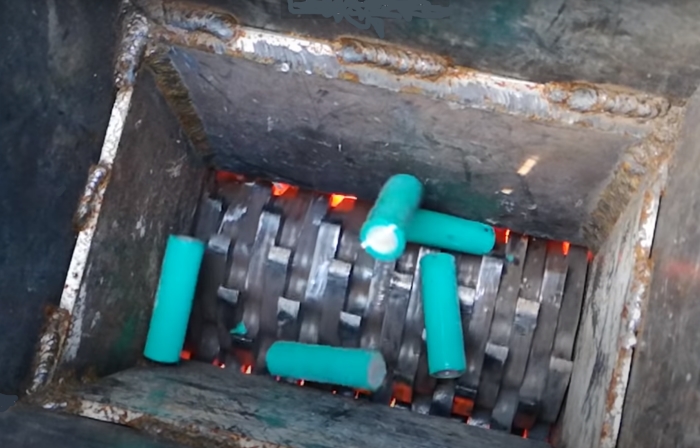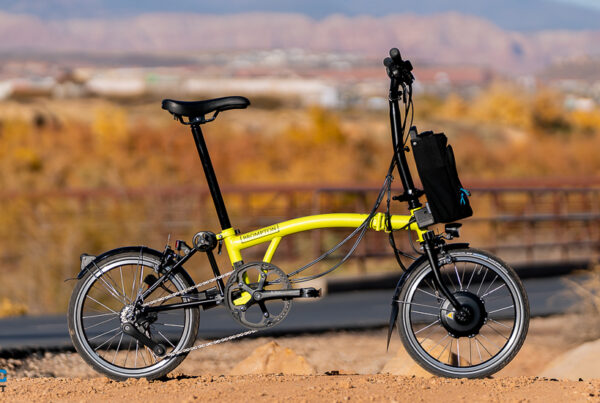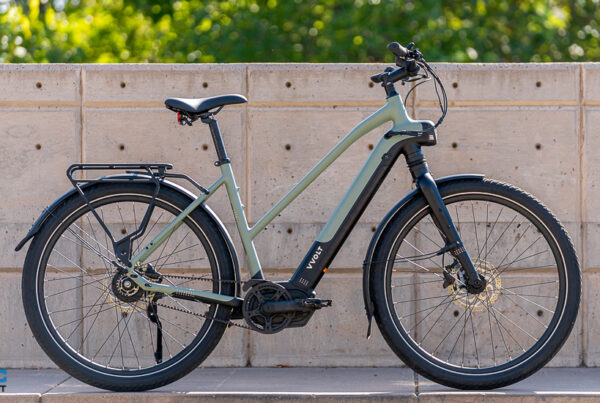The subject of recycling the thousands of EV car battery packs that are no longer in use is a something that I have thought is a huge opportunity, and now somebody is doing something about it.
_______________________________________________
Rather than try and hide some “secret sauce”, new start-up Redivivus has recently done some interviews online, and they spelled out their methods.
You may have seen bins at large hardware stores (Home Depot, Lowes, Menards) for turning-in worn batteries from cordless tools that no longer hold a charge. However, the volume of battery packs from EV’s that will be reaching the end of their useful life will soon be a flood, which will grow every year.
A variety of sloppy methods have been used by metals recyclers who are trying to deal with this new waste-stream that they were unfamiliar with. Redivivus has tackled this challenge by first freezing the batteries and running them through a recycling grinder of the type that can shred metal. This is a brilliant decision, because the batteries arrive at their R&D facility in various states of charge. Measuring the state of charge and draining them into a dummy load would be time consuming, and by freezing them, they are virtually inert and fire-proof.
The grinding process results in shredded bits and pieces that are small. They have acquired a similar shredder that is so large it can swallow an entire Tesla battery pack from a wrecked car, without needing to break it down into smaller sections.
In the pic above, an established recycling company is breaking down cells from cordless tools, and the glow shining up from below indicates that these cells were not discharged and are reacting in a thermal runaway.
As soon as Redivivus shreds the frozen cells, the bits drop immediately into a neutralizing solution to ensure they do not react chemically or thermally.

_______________________________________________
Bio-Remediation
I worked for over a decade with several company’s that cleaned up hazardous waste sites (OHM, Shaw, IT), most of which were old landfills that did not meet the modern standards. This includes moving the waste to a newly constructed landfill with a liner at its base to prevent rain water from percolating through the trash and leeching chemicals into the underground water table.
Some of the jobs involved digging up old abandoned underground storage tanks (UST’s), a few of which had rusted through over the years, leaking gasoline and diesel into a plume under the tank location. We would dig up the contaminated soil and spread it out in a shallow bio-reactor pit, then cover it, and it would be sprayed with a special bacteria that eats hydrocarbons. Remediation is a fancy word for cleaning up the hazardous mess, and using bacteria to do the heavy lifting is a cheap and safe way to perform “bio-remediation”.
As futuristic as this may sound, there are actually bacteria that will eat and conglomerate the chemicals that we want to pull out of the shredded lithium cell mass. Bio-reactors have been used before to separate copper and gold from recycled (shredded) electronics, and also to pull out hazardous metals from sewage sludge (like cadmium, arsenic, lead), so…the science behind this method is not new or dangerous.
So, what are the resulting products from Redivivus’ process? The nickel needed for the cathodes of the NCA/NCM lithium cells in the battery pack of Tesla cars needs to be of a very high purity. However…the steel shells that make up the case of the cylindrical 18650 and 2170 cells are nickel-plated, and the 99.9% pure nickel coming from Redivivus is “clean enough” for a wide range of industrial uses like that. Nickel is one of the components needed to make the stainless-steel skin of the Tesla Cyber-truck, so even nickel that is “only” 99.9% pure has a huge market for every pound of nickel that Redivivus can produce.
Cobalt is another critical element. From the beginning of the EV boom, cobalt was identified as a bottle-neck material that was a useful product in the production of the type of cells that Tesla used to get great performance and long range. Cobalt is found in few places, and mining it is a very “dirty” process that is bad for the environment (as well as there being humanitarian abuses by the mining companies in Africa), so cobalt will remain in demand for the rest of our lives. The Tesla cars built in China will be using the LiFePO4 chemistry specifically because LiFePO4 has no cobalt or nickel in it, so they can make as many batteries as they want.
Although Lithium, steel, aluminum, and copper are also recycled by Redivivus, their proven ability to re-capture 92% of the Cobalt and Nickel from their lithium-battery waste-stream is what guarantees their success.
_______________________________________________
Luke Workman
The CEO of Redivivus is Erika warrior, whom I have had the pleasure of meeting personally, and I came away very impressed. However, the reason the news of Redivivus caught my eye is their chief scientist, Luke Workman. I have known Luke for many years, since he was a frequent poster on ElectricMotorcycleForum.com, and endless-sphere.com (which covers all EV’s, especially electric bicycles). His web-name is “Live for Physics”, or LFP.
Luke’s resume is too long to list here, but he was a senior battery engineer for Zero motorcycles when they doubled their range by transitioning from cylindrical cells to flat Farasis cells in their Z-Force pack (click here).

Here is a written interview of Luke in 2016 by New Atlas (click here for part-1).
And here is part-2 of that interview (click here).
_______________________________________________
The Recycle interview
Here is the youtube of the 44-minute interview with Erika and Luke that just hit the web this week.
_______________________________________________

_______________________________________________
Written by Ron/spinningmagnets, March 2021
Source link








